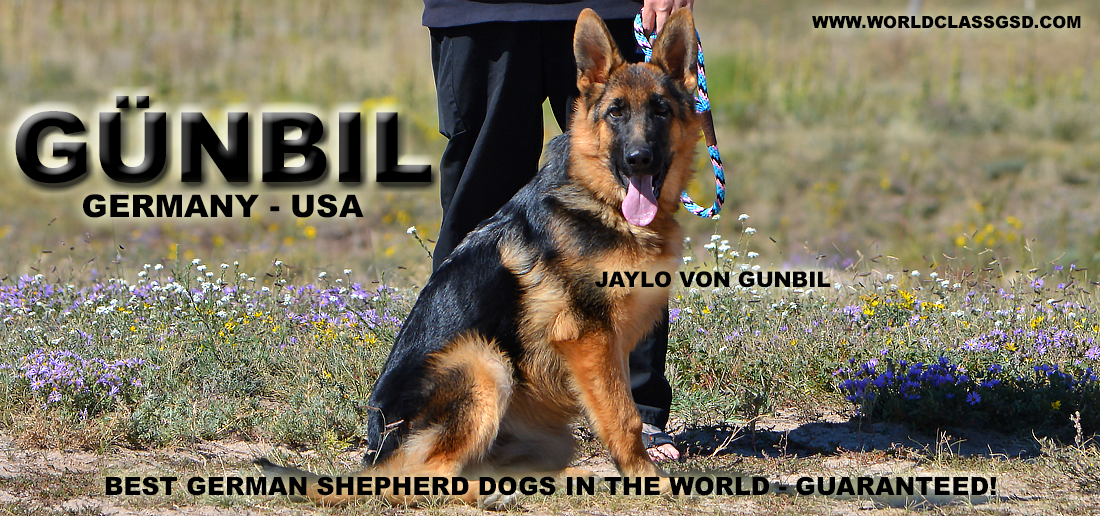
CANINE HYPOTHRYOIDISM
Hypothyroidism is a thyroid deficiency disease, affecting mostly middle-aged and older large breed dogs. Located in the throat below the larynx, the thyroid gland produces thyroxine, a hormone which controls the rate of metabolism. Hypothyroidism occurs when the thyroid gland produces too little thyroxine, either because it is atrophied, attacked by the immune system or affected by the presence of a cyst or tumor.
Clinical Signs
Clinical signs of hypothyroidism include weight gain, lethargy and a tendency for your dog to seek warm locations to rest. Skin conditions such as hairloss, hyperpigmentation and skin infections are commonly associated with this disease. Other signs include changes in facial expression, a head tilt and a slowed heart rate.
Skin changes are the most common complaint to the veterinarian. These changes are usually noticed after a dog is clipped. Hair regrowth may be slow or patchy, and discolored or infected skin may be discovered. Hair loss occurs mostly on the chest, the sides of the abdomen, the back of the legs and on the tail.
Diagnosis
If you or your veterinarian suspect hypothyrroidism, specific blood tests should determine the level of thyroid hormones produced by the thyroid gland. Other blood tests are taken to rule out other causes of hair loss and lethargy. Your veterinarian may need to biopsy the thyroid gland if there is a suspicion of a tumor.
Treatment
Hypothyroidism is treated with hormone replacement therapy. Dogs can be given Thyroxine orally once or twice a day to replace what has not been produced by the thyroid gland. Your veterinarian will recommend monitoring blood hormone levels to ensure that your pet is receiving an appropriate dose. Clinical signs, including hair loss, should improve or be eliminated with treatment.
- All About German Shepherd Puppies
- Pet Disease and Allergies
- Hips and Elbows
- German Shepherd Dog Anatomy
- What is Schutzhund
- German Shepherd Behavior
- Quick Tips On German Shepherds
- Our Show Dogs










